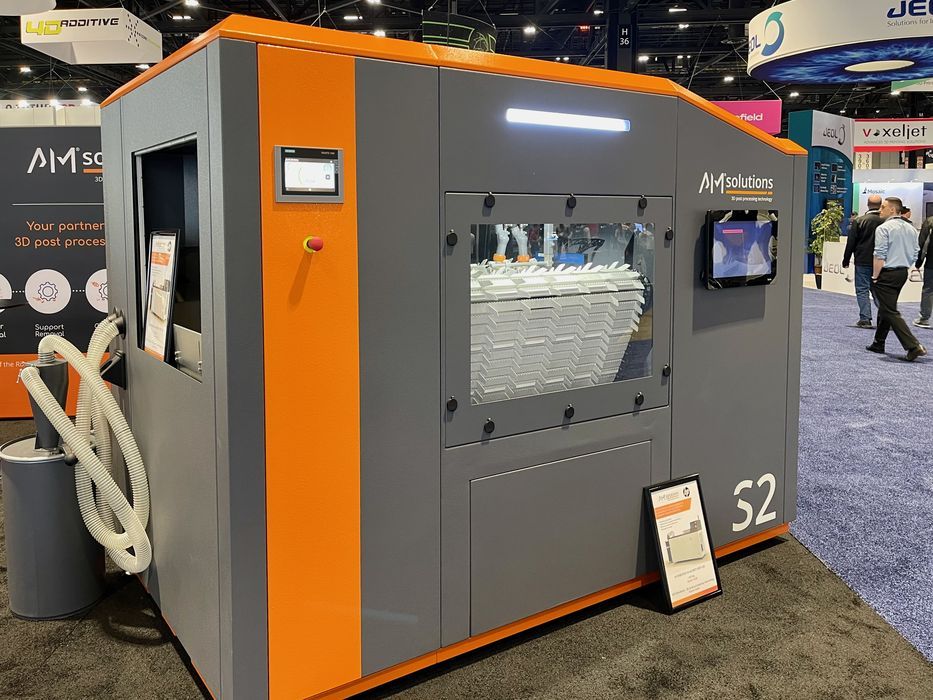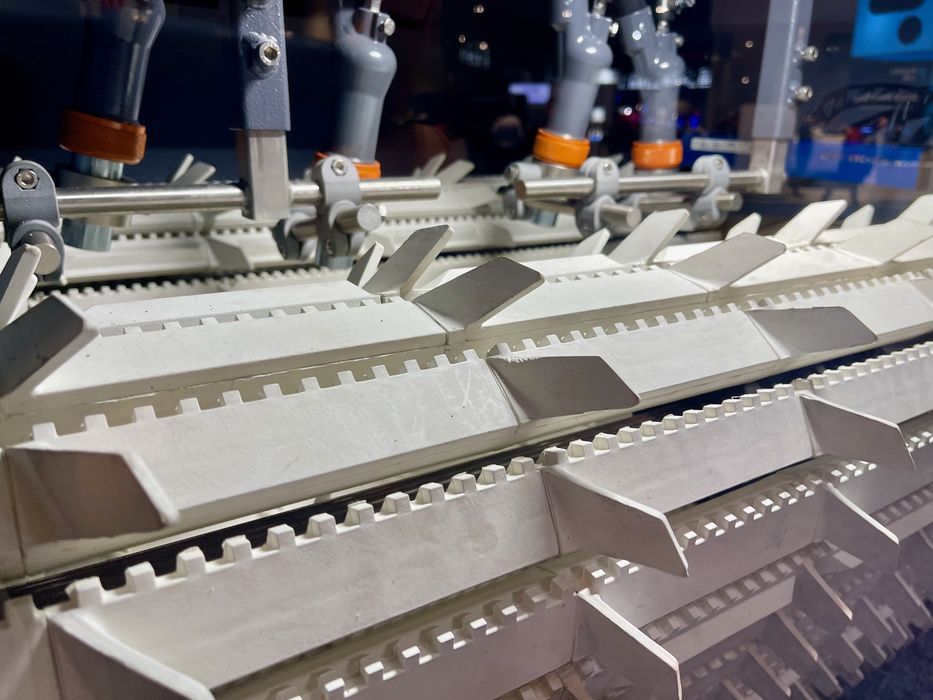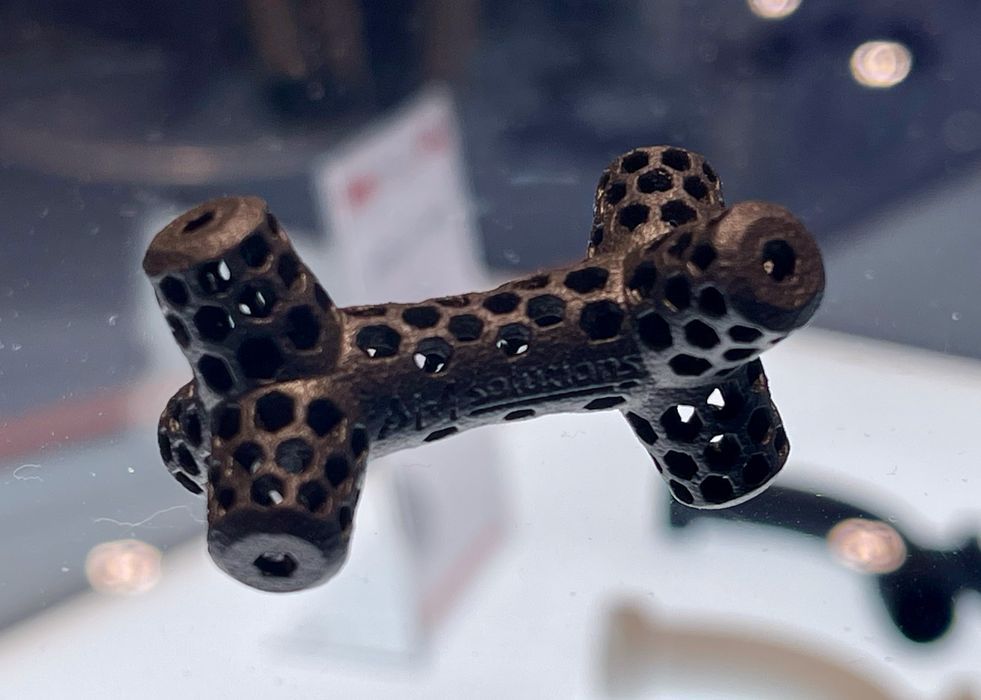
If you think cleaning and smoothing 3D prints is easy, think again, and take a look at AM Solutions’ technology.
Cleaning and smoothing is a typical post processing step for parts produced with SLS, MJF and several other 3D printing processes. Each of them produce the part, but with surrounding support material or embedded loose powder, which must be removed.
After cleaning, these parts often require surface treatments. The nature of the 3D printing process often leaves layers, bumps and other particle effects that are not particularly smooth. A smoothing step will remove the bumps and result in a totally smooth surface.
You might think that these steps could be accomplished by first placing the part into a blower / water blaster to remove the excess material, and then tossed into a tumbler where different forms of particle media will repeatedly crash into the part, eventually smoothing it out.
You’d be correct, but while this semi-manual approach works, it’s quite inefficient. Imagine if you have hundreds of such parts being produced continuously, and all must undergo post processing. You’d have to organize an array of blowers and tumblers, and have a staff racing between them to shuffle parts along the process.
AM Solutions has examined this problem and come up with a solution that is almost entirely automated. Their S2 post processing system can both clean and smooth parts automatically.
It’s quite an interesting process, and very different from what you might expect. The machine is designed around a fundamental principle: continuous operation. They recognize that batches of parts “appear” intermittently from 3D printer and must then undergo post processing.

Inside the S2 you’ll find a kind of barrel system that rotates and gently carries parts along a processing path. As the parts traverse the path, the excess material is removed first, and then towards the end they are blasted with media for smoothing.
It’s a an assembly line-like process that fits perfectly with higher volume production: the operator need only dump a box of fresh parts in one end of the S2, and pick up finished parts at the other end.
That’s not all. The belt system is not only designed to be quite gentle for delicate parts, but also is non-staining. This means you can easily push through pure white parts and still be able to properly color dye them in a subsequent step.
The blasting media is automatically recovered and re-used for continuous processing. This also reduces operator workload.
AM Solutions also included sound insulation with “special door seals” that keep the sound low in surrounding areas. As you might imagine, there’s quite a racket going on inside the machine with blasting and blowing taking place. This enables the S2 to be placed in more locations within a factory or even an office setting.

Finally, because the system operates continuously, it is possible to set up the operational parameters to provide highly consistent results. Set up the machine and pour parts through it, and they should all be close to identical.
As you can see, post processing can be more complex than first imagined, and it seems that AM Solutions has developed a rather sophisticated system to get that essential work done.
Via AM Solutions
